International Architecture Biennale 2012, Rotterdam
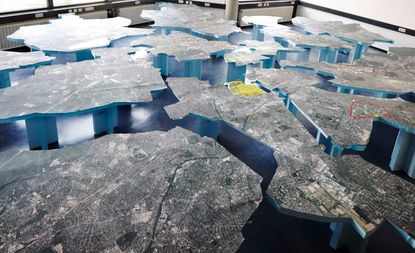
The amount of people living in cities is increasing at rapid speed and demographers expect that 80% of the total global population will be a city dweller by 2050. So how can designers successfully guide these drastic changes? The 5th International Architecture Biennale in Rotterdam (IABR) starts from the premise that without cities there is no future. By means of conferences, lectures, debates, films and small-scale implementations, alternative ways for making cities are being sought.
Once an architectural paradise, Europe now struggles with vacant buildings and lack of funding to realise new projects. Architects are feeling the effects of the economic crisis stronger than ever. The hand-on approach of urbanist duo Elma van Boxtel and Kristian Koreman (ZUS) is perhaps the most attractive part of the IABR. ZUS are the initiators of a project to enliven an abandoned building block close to Rotterdam’s station. With only limited resources, they have transformed the area in and around the building with interventions such as an elevated walkway, rooftop crops, and temporary pop-up restaurants. The consumer is the catalyst in this ’Test Site Rotterdam’.
A zigzag route through Rotterdam centre connects the Test Site Rotterdam with the main exhibition at the Netherlands Architecture institute (NAi). Along the route, in the hidden courtyards and alleyways of Rotterdam, a diversity of small-scale interventions such a soap bubble pavilion and the Nature on Demand installation try to throw new light on the potential of these discrete urban hotspots that often remain unnoticed by citizens.
The main exhibition at the NAi, `Making City`, is a dense conurbation of models, movies and drawings focused on architects and their relationship with the authorities. An extensive series of research projects show proposals of how to transform cities such as the Nile City, Zurich and Delhi, but also quirky strategies sponsored by the Dutch Ministry of Infrastructure and the Environment to vitalise new urban areas such as Amsterdam`s Zuidas, Haagse Havens, and Eindhoven’s new Brainport city district. After all, a biennale is fun, and this lighthearted approach might bring a bit of happiness to the overall melancholy mood of Dutch architects.

The amount of people living in cities is increasing at rapid speed and demographers expect that 80 % of the total global population will be a city dweller by 2050
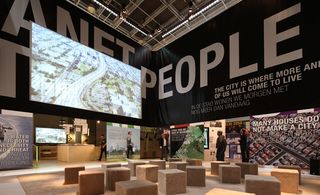
The 5th International Architecture Biennale in Rotterdam (IABR) starts from the premise that without cities there is no future. By means of conferences, lectures, debates, films and small-scale implementations, alternative ways for making cities are being sought

The hand-on approach of urbanist duo Elma van Boxtel and Kristian Koreman (ZUS) is perhaps the most attractive part of the IABR. ZUS are the initiators of a project to enliven an abandoned building block close to Rotterdam's station
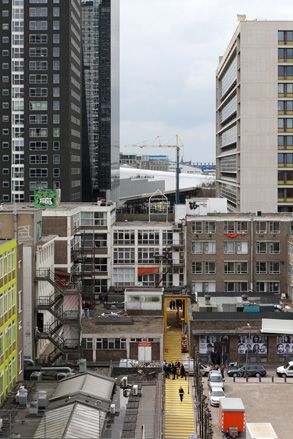
With only limited resources, van Boxtel and Kreman have transformed the area in and around the building with interventions such as an elevated walkway, rooftop crops, and temporary pop-up restaurants
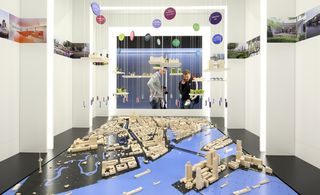
The main exhibition at the NAi, `Making City`, is a dense conurbation of models, movies and drawings focused on architects and their relationship with the authorities
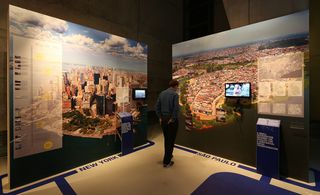
An extensive series of research projects show proposals of how to transform cities such as the Nile City, Zurich and Delhi
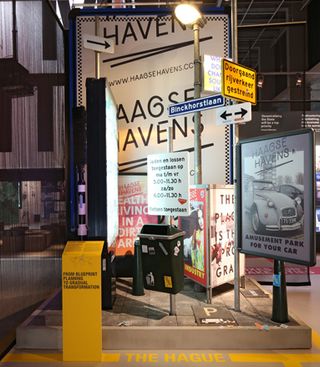
The research projects also showcase quirky strategies sponsored by the Dutch Ministry of Infrastructure and the Environment to vitalise new urban areas such as Amsterdam`s Zuidas, Haagse Havens, and Eindhoven's new Brainport city district
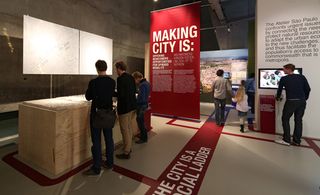
Installation view of `Making City`. the main exhibition at the NAi
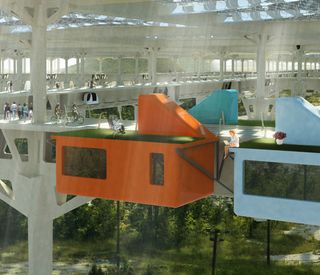
'Tar Creek Supergrid' by Amy Norris and Clint Langevin, as seen in the Smart Cities - Parallel Cases 2 exhibition

'Hollandstad Inverted Metropolis' by students of Fontys Academie voor Architectuur en Stedenbouw, Tilburg, as seen in SmartCities - Parallel Cases 2 exhibition
Wallpaper* Newsletter
Receive our daily digest of inspiration, escapism and design stories from around the world direct to your inbox
-
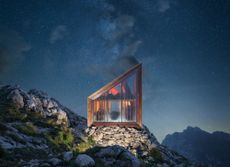 The visual feast of the Sony World Photography Awards 2024 is revealed
The visual feast of the Sony World Photography Awards 2024 is revealedThe Sony World Photography Awards 2024 winners have been revealed – we celebrate the Architecture & Design category’s visual artists
By Ellie Stathaki Published
-
 Don’t Move, Improve 2024: London’s bold, bright and boutique home renovations
Don’t Move, Improve 2024: London’s bold, bright and boutique home renovationsDon’t Move, Improve 2024 reveals its shortlist, with 16 home designs competing for the top spot, to be announced in May
By Ellie Stathaki Published
-
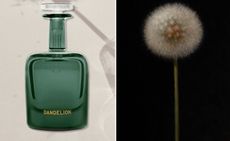 Perfumer H has bottled the scent of dandelions blowing in the wind
Perfumer H has bottled the scent of dandelions blowing in the windPerfumer H has debuted a new fragrance for spring, called Dandelion. Lyn Harris tells Wallpaper* about the process of its creation
By Hannah Tindle Published
-
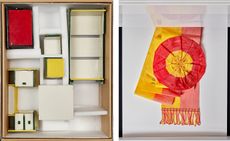 Amsterdam photography exhibitions: what not to miss
Amsterdam photography exhibitions: what not to missWe spotlight the best Amsterdam photography exhibitions to visit this Autumn
By Sophie Gladstone Last updated
-
 New dance performance features costumes made of spider silk
New dance performance features costumes made of spider silkMist is the second collaboration between choreographer Damien Jalet and artist Kohei Nawa, with spider silk costumes designed by Sruli Recht
By Mary Cleary Last updated
-
 Photographing the defiance and opulence of Europe’s contemporary Ballroom scene
Photographing the defiance and opulence of Europe’s contemporary Ballroom sceneIn his ongoing series, photographer Dustin Thierry charts the ‘emancipatory possibilities of expression’ in Ballroom culture across Europe
By Harriet Lloyd-Smith Last updated
-
 Viviane Sassen's Huis Marseille show is drenched in history, melancholy and intrigue
Viviane Sassen's Huis Marseille show is drenched in history, melancholy and intrigueThrough photography and collage, Dutch artist Viviane Sassen examines the tempestuous history of the Palace of Versailles
By Jessica Klingelfuss Last updated
-
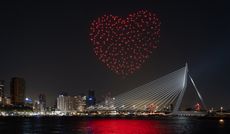 Drift’s poetic drone installation takes flight for Netherlands’ Liberation Day
Drift’s poetic drone installation takes flight for Netherlands’ Liberation DayThe Dutch artist duo staged a special iteration of Franchise Freedom above Rotterdam this week, flying 300 illuminated drones in formation to send a message of hope and encouragement in midst of the Covid-19 pandemic
By TF Chan Published
-
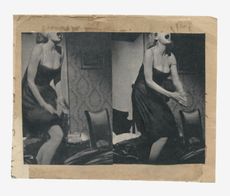 Artist Katrien De Blauwer’s photomontages have us doing double takes
Artist Katrien De Blauwer’s photomontages have us doing double takesHer uncanny clippings offer a new way of seeing at Nederlands Fotomuseum
By Charlotte Jansen Last updated
-
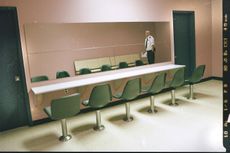 Polly Brown explores the friction-filled process of airport security checks
Polly Brown explores the friction-filled process of airport security checksFrom colourful signage in Hokkaido to watery wavescapes in Miami, the artist’s series of x-ray damaged film photographs subverts the romance of travel
By Maisie Skidmore Last updated
-
 Dutch duo Scheltens & Abbenes embrace the ordinary to create the extraordinary
Dutch duo Scheltens & Abbenes embrace the ordinary to create the extraordinaryMaurice Scheltens and Liesbeth Abbenes celebrate 18 years of collaboration with a career-spanning survey of commercial and personal work at Foam photography museum in Amsterdam
By Sophie Gladstone Last updated